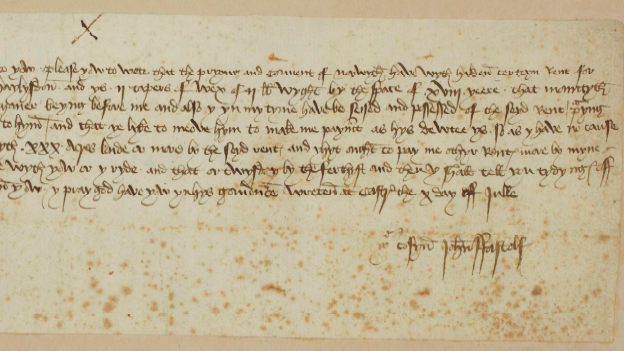Medieval Bacton priory brought to life with 3D modelling
- Published

The 3D model of Bromholm Priory has been used to recreate the funeral of John Paston I in the 15th Century
A "thriving" medieval monastic community has been resurrected via 3D computer modelling, external.
Much of Bromholm Priory at Bacton in Norfolk was destroyed in 1536 during Henry VIII's Reformation.
The recreation was based on surveys of its ruins, drone footage and historical sources.
It was commissioned as part of a project to bring together the letters and documents of the medieval Paston family, external, who were buried at Bromholm.
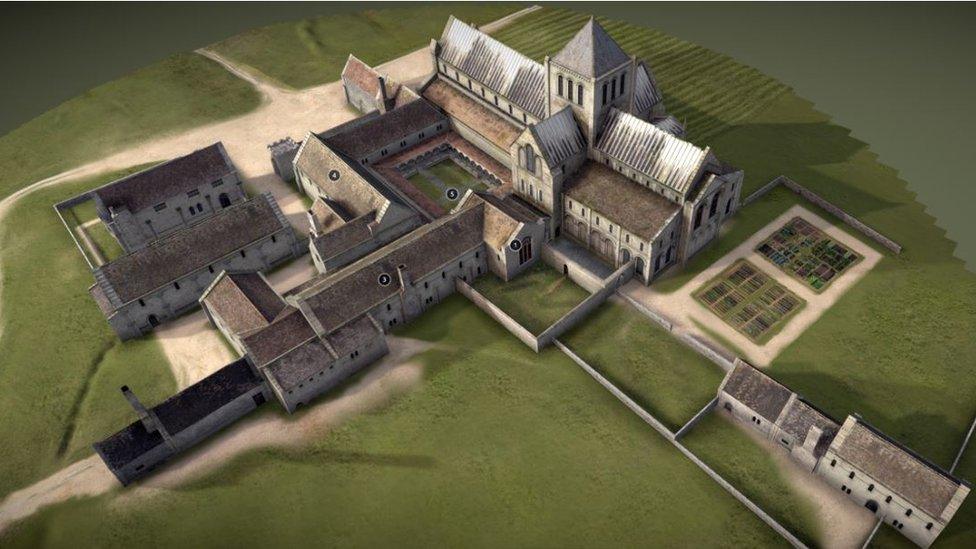
The model was "built" by surveying the priory's ruins and historical records
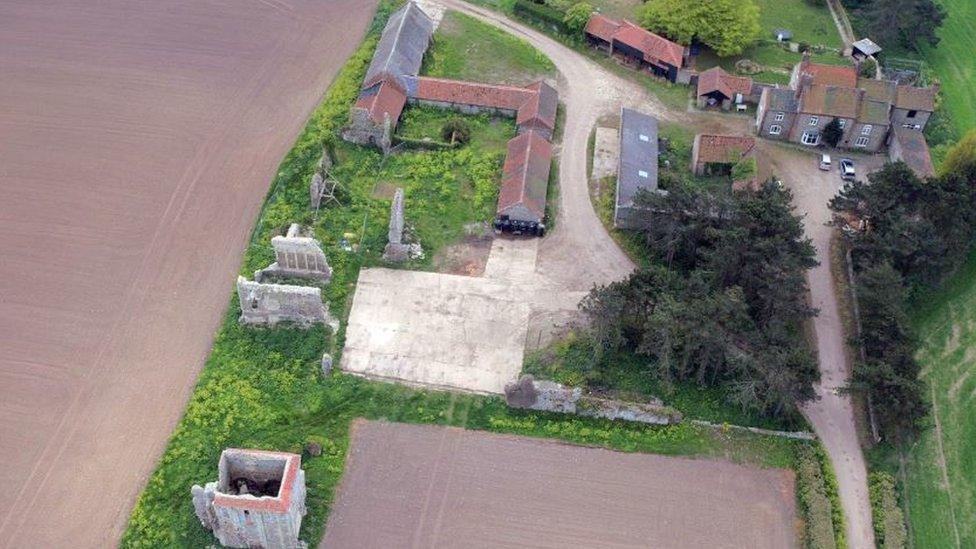
Drone footage captured the way the site, which is on private land, looks now
Peter Stibbons, from the Paston Footprints project, said the 3D model can be put to "a variety of uses" which can "help tell the Paston story".
This includes an artist's impression of the burial of the first John Paston, following his death on 21 May 1466, by computer-based artist James Mindham.
At his wake, 40 barrels of beer and ale and 15 gallons of malt were ordered and twenty pounds-worth of coins were distributed to the poor.
Mr Mindham said: "Much of the north gate of Bromholm still stands and the walls of the priory grounds are clearly defined.
"Into those we have put ideas of what a thriving monastic community looked like."
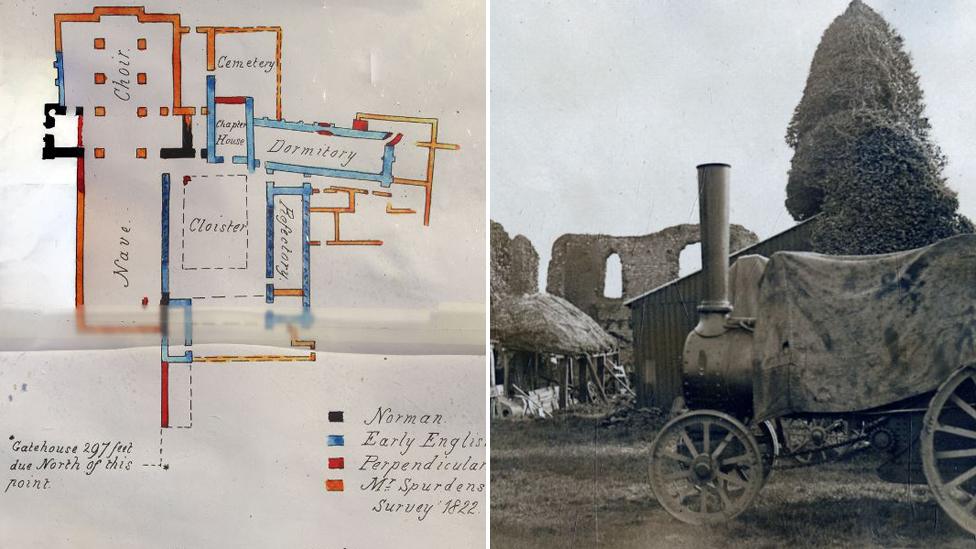
An 1822 survey of the priory ruins and a late 19th Century photograph helped inform the computer model
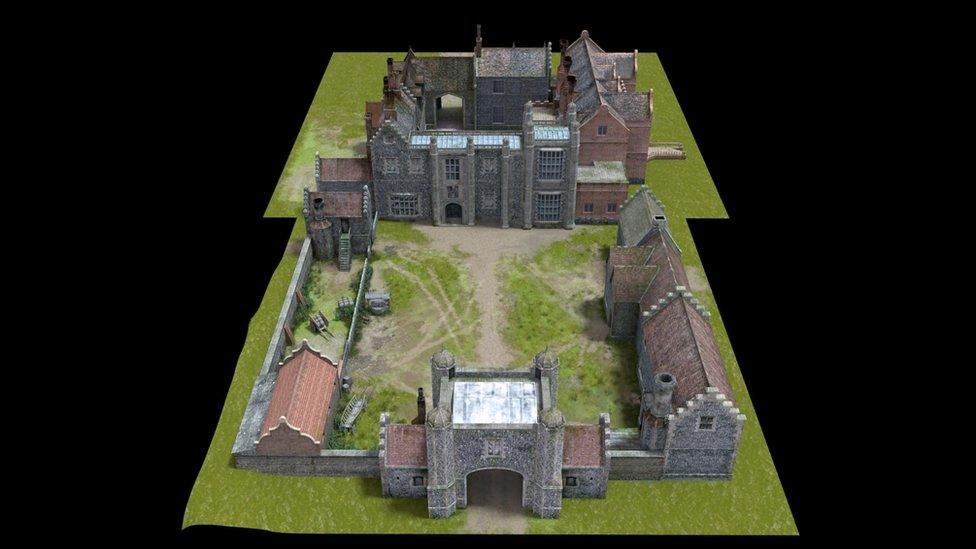
The project has already created a model of Paston Hall, as it would have been when the family were writing their letters
This is the second 3D computer model to be created of buildings associated with the Pastons, who rose from peasantry to aristocracy against the backdrop of the Wars of the Roses.
Paston Hall has already been "rebuilt", while Oxnead Hall and Gresham Castle will be next.
The family left behind 1,000 letters, documents, shopping lists, leases and wills in one of the largest archives of 15th Century English private correspondence, external.
Mr Stibbons said this makes them "among the most studied individuals in the English later Middle Ages".
The project is a four-year collaboration between the University of East Anglia, Norfolk Record Office and the Paston Heritage Society.

The 3D model was used to make this artist's impression of Paston Hall

Find BBC News: East of England on Facebook, external, Instagram, external and Twitter, external. If you have a story suggestion please email eastofenglandnews@bbc.co.uk, external
- Published9 June 2019
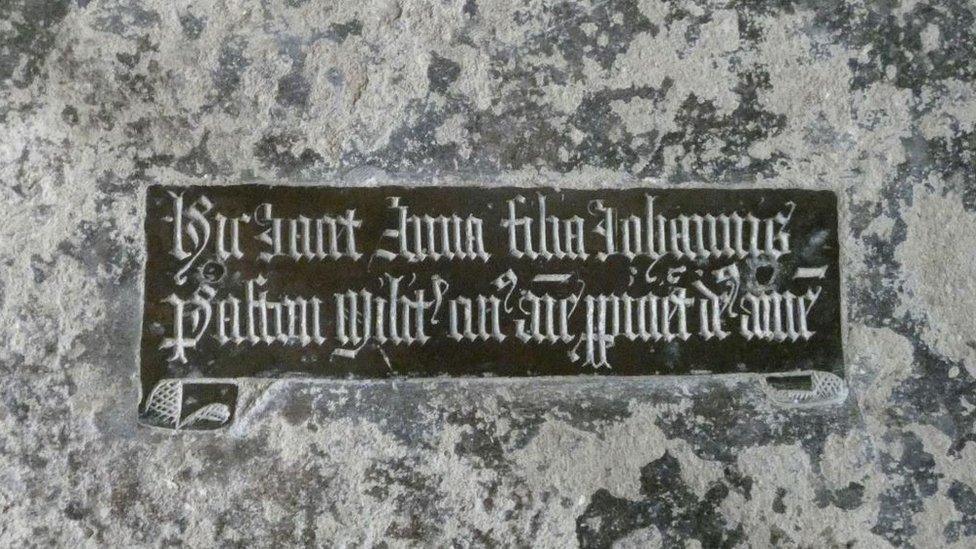
- Published24 June 2018

- Published17 June 2018
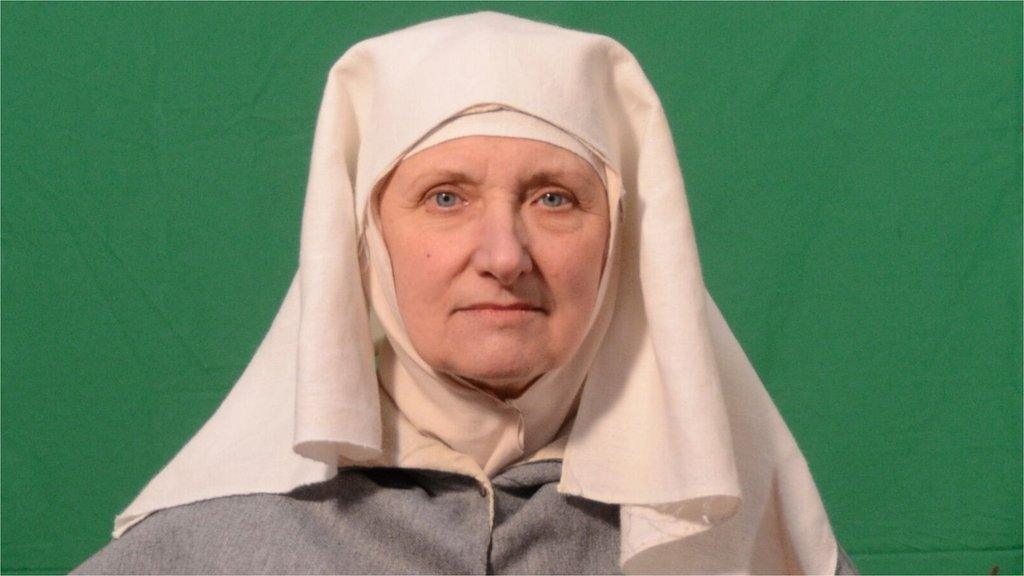
- Published20 October 2013
